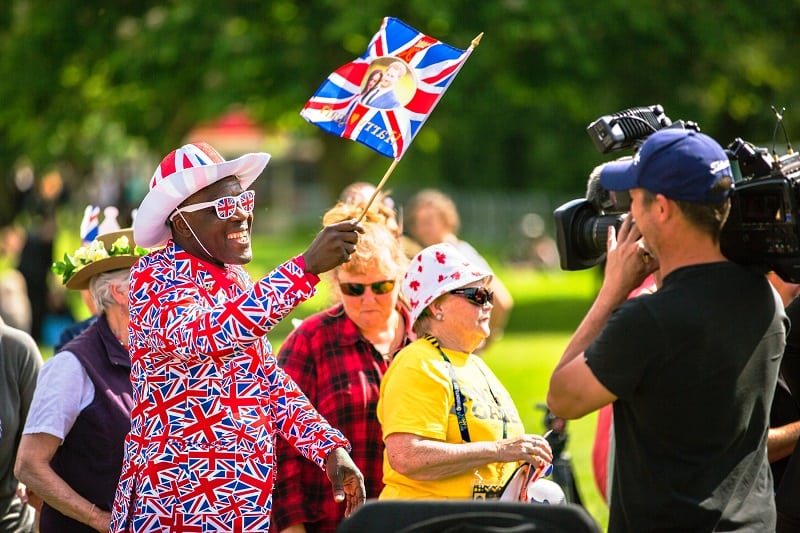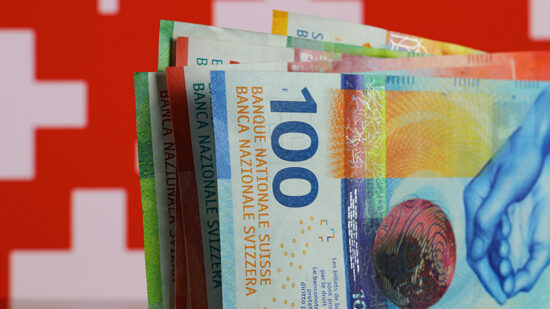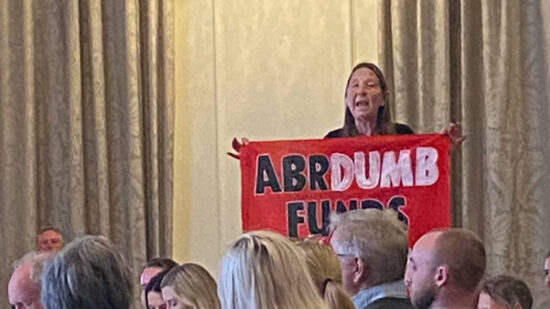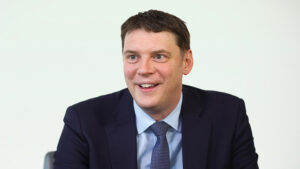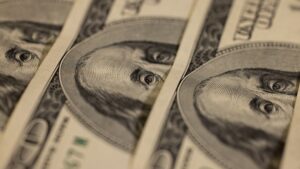The Royal Wedding, World Cup and unseasonably warm, dry weather have helped buoy the UK economy in the first estimate of Q2 2018 gross domestic product (GDP) growth, but weak productivity and Brexit uncertainty see the country lag some global peers.
The economy grew 0.4%, according to the Office for National Statistics (ONS). The figure was in line with estimates and up from 0.2% growth in Q1.
The UK’s manufacturing sector posted a second quarter of decline, falling back by 0.9%, but the services and construction sectors both made a positive contribution to the headline figure, growing 0.5% and 0.9% respectively.
Sales for beer, barbecues, summer clothing and garden furniture all increased over the period.
The ONS said adverse weather affects on Q1 GDP growth had unwound in the Q2 figures, but said it was hard to distinguish the degree of bounce in the latest reading back due to the heatwave.
Meghan Markle, heatwave and World Cup buoy economy
In June, the World Cup and warm wealth boosted food and drink sales. However, the same factors also hit non-food sales. The Royal Wedding and two Bank Holidays in May had a similar effect.
Hargreaves Lansdown research analyst Laith Khalaf said there are a limited number of big sporting events, heatwaves and royal marriages which can bail the economy out.
“In today’s economic climate 0.4% quarterly growth draws a small cheer from the crowd, though it would have been deemed below par prior to the financial crisis. In the 10 years running up to the crisis, UK economic growth averaged 0.73% per quarter,” Khalaf said.
UK productivity and Brexit
The UK economy is far from its peak, according to Close Brothers Asset Management CIO Nancy Curtin.
Until further clarity is provided about the UK’s future trading relationship with the European Union (EU), businesses will delay investment spending, Curtin said. Productivity remains a major challenge, she added.
Slowing momentum in the EU has also hit UK growth, she said.
In contrast, the US economy is forecast to grow at twice the speed of the UK. The International Monetary Fund (IMF) forecasts the US economy will grow at 2.9% this year compared to 1.4% in the UK. That would be the lowest growth since the UK economy contracted 4.2% in 2009.
UK growth has improved from a low starting point, said Quilter Investors head of investment Anthony Gillham.
“Although the figures show a rebound, the UK has not recovered the ground it lost in Q1. There is an important distinction to be made here – the economy is growing faster than it did in the first quarter, but it is still playing catch-up,” Gillham said.
Neil Woodford and Richard Buxton were among the City figures caught off-guard by Q1 GDP growth, which initially came in at 0.1% before being upgraded to a still weak 0.2%.
Stagflation risk in UK economy
Despite the Bank of England voting unanimously to rise interest rates to 0.5% at this month’s meeting, the pound has slipped $1.30 against the dollar in the last week.
Dollar strength plays a role, but Brexit uncertainty is also hitting the currency, Khalaf said.
“A weak pound and strong dollar does have a tangible knock on effect on the UK economy, as we have seen from the wave of closures and profit warnings from the retail sector,” he said. “Not everyone loses out from weaker sterling though, exporters and the domestic tourist industry should benefit, as do stock market investors, thanks to the international revenue streams of Footsie companies.”
Meanwhile, stagflation is a real risk for the UK, according to Gillham.
“The UK finds itself in a difficult situation where the Bank of England is hiking rates to try and keep a lid on import costs that drive up inflation, but it is doing so against the backdrop of weak economic growth,” he said.
